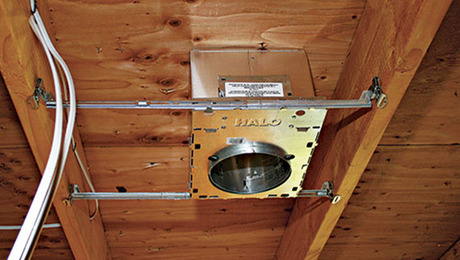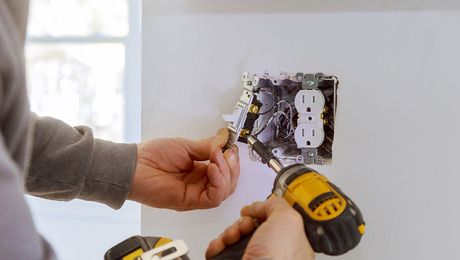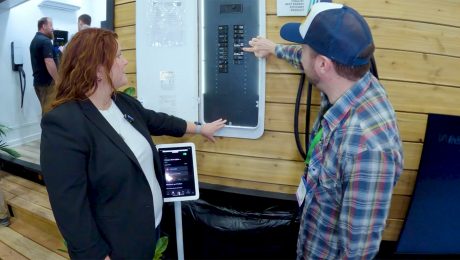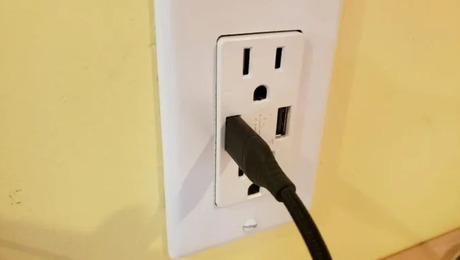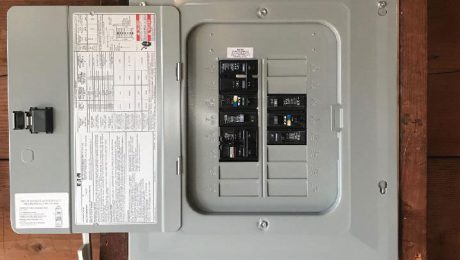Making Wooden Light Fixtures
With nice ones so hard to find, creating your own makes sense.
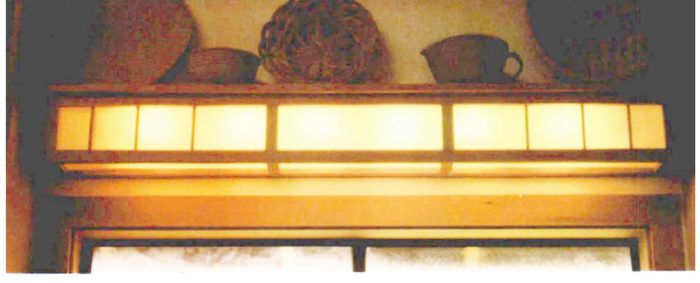
Synopsis: If you’re unhappy with the selection of manufactured lighting fixtures at your local big box store, consider making your own. This article explains how, providing a general discussion that will help with any design. A sidebar lists suppliers of components that you’ll need.
Trying to find the right manufactured light fixture can be a discouraging experience. They soon begin to look all the same, and the prices can be astounding. When my wife and I were building our own home, we installed several reasonably priced cylindrical fixtures only to discover later that they were so poorly made that we couldn’t remove spent bulbs without twisting the wires inside the fixture — a ridiculously dangerous situation. Because we could find nothing else that fit our decor, I eventually replaced them with fixtures I made myself. The techniques involved in building fixtures are fairly basic, and the latitude for creativity is great.
Safety
The first consideration in constructing a light fixture should be safety. You may want to consult with your local building inspector to clarify any particular questions you have, but the following guidelines taken from the Uniform Building Code are a good place to start.
Combustible materials should never be exposed to heat in excess of 90°C (194°F). Incandescent light bulbs produce lots of waste heat. In wall-mounted fixtures this heat can usually be dissipated by leaving most or all of the top of the fixture open. Ceiling fixtures can be suspended or spaced down an inch or so from the ceiling. Where this approach isn’t practical, recessed fixtures can be ventilated into the attic. Never insulate within 6 in. of such fixtures, or over their tops. Since fluorescent tubes produce very little waste heat compared to incandescent bulbs, consider them for large fixtures where ventilation is a problem.
Wiring should never be exposed to heat in excess of its rated capacity. If the first rule is followed carefully, this won’t be a problem, but in ceiling boxes where the wiring runs through the box, check the insulation rating on the wire you use, and make sure it’s adequate.
There should be no exposed wires or connections. I generally design my fixtures so that wiring is concealed within their structural parts, but there are exceptions to the rule. Exposed connections are acceptable more than 8 ft. above the floor, and exposed wiring may be necessary for hanging fixtures. Pulley cord, vacuum-cleaner cord, and some lamp cords are rated for this kind of use. Wiring that supports a fixture must be firmly clamped to prevent tension on the connections. Use stranded conductors (wires made up of many small strands twisted together) for movable or flexible fixtures. Romex is too stiff and brittle for these applications. You should also be careful not to run wires across sharp edges or areas where they can be abraded by movement or vibration.
For more photos, drawings, and details, click the View PDF button below:









